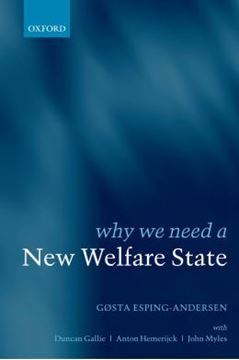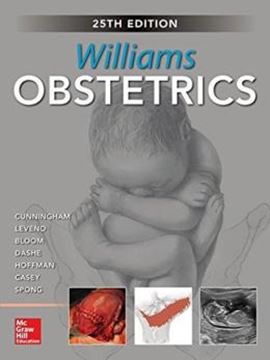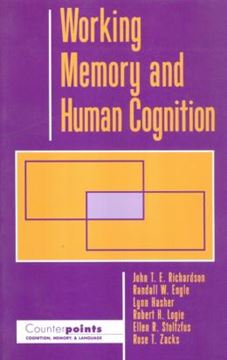Pesquisa
Didáticos
View as
Ordenar
Display
per page
WHY WE NEED A NEW WELFARE STATE
R$ 471,10
WIDE ANGLE 1 SB WITH ONLINE PRACTICE
R$ 281,00
WILLIAMS OBSTETRICS - 25TH ED
R$ 2.016,30
WORKING MEMORY AND HUMAN COGNITION
R$ 267,57
Produtos recentemente vistos










